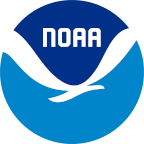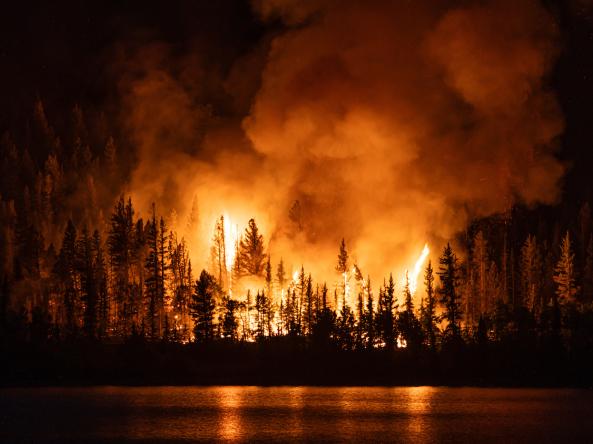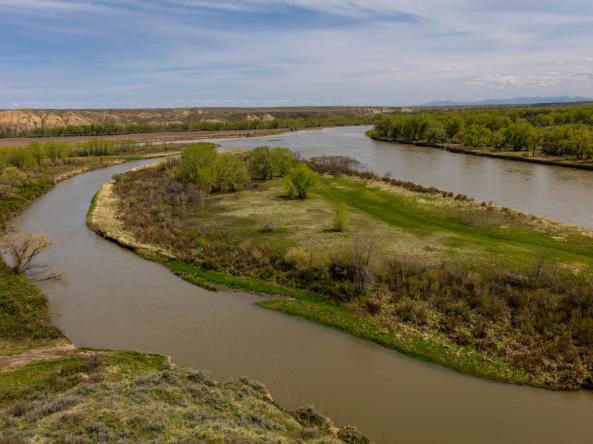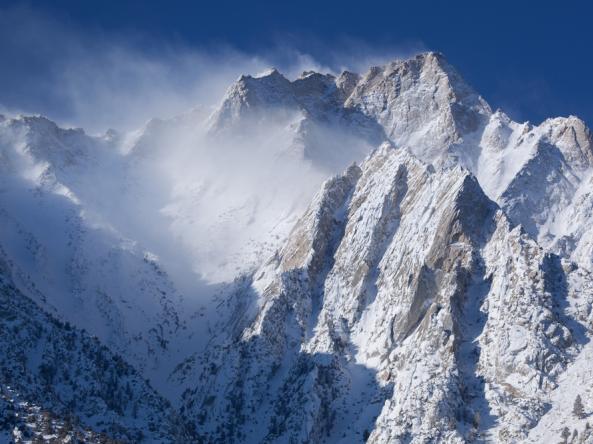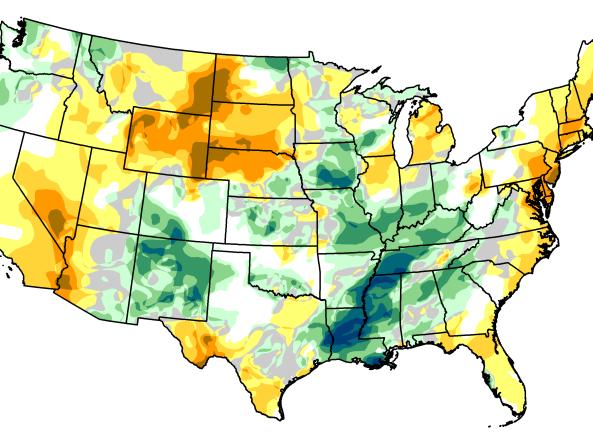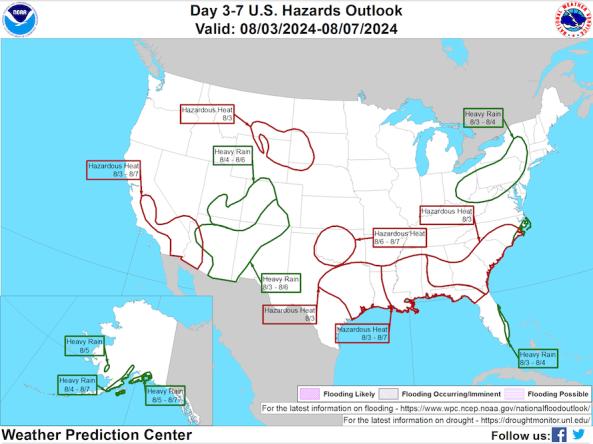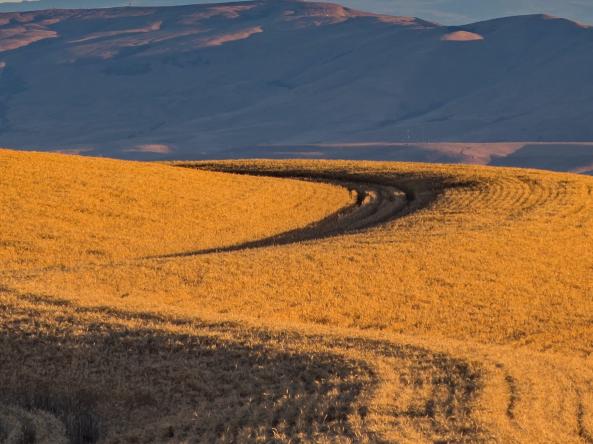South Dakota State University and NOAA’s National Integrated Drought Information System (NIDIS) invite you to learn about a new tool for monitoring drought in the Upper Missouri River Basin (UMRB): UMRB Soil Moisture and Snowpack Maps.
This webinar will provide an update on current drought conditions in the Intermountain West (Arizona, Colorado, New Mexico, Utah, Wyoming).
This webinar will provide an update on current drought conditions in the Intermountain West (Arizona, Colorado, New Mexico, Utah, Wyoming).
